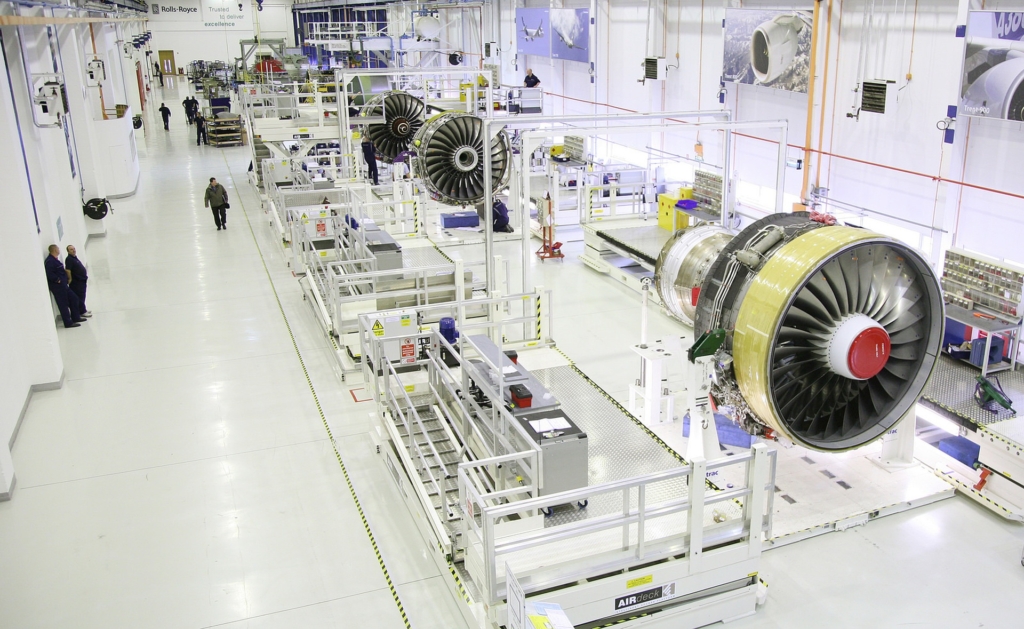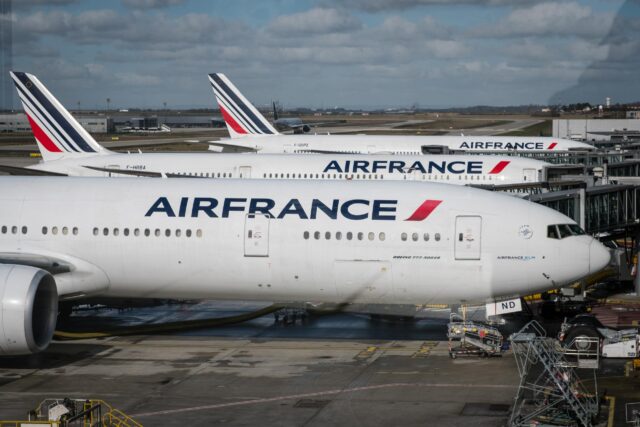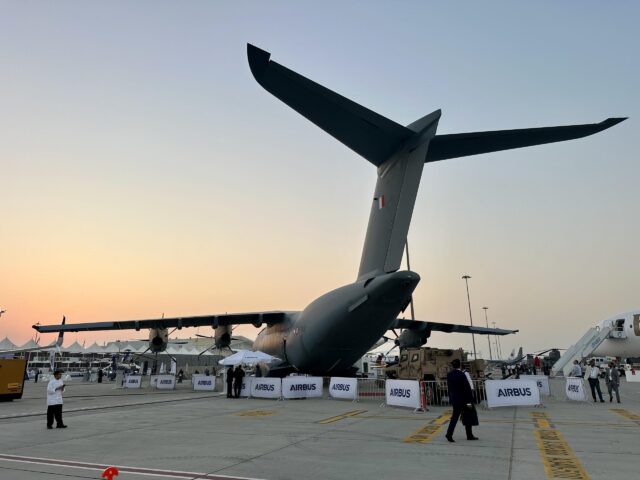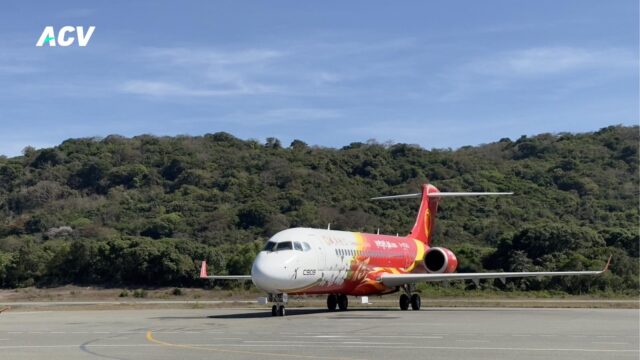Emirates to bring Airbus A380 engine MRO in house under new Rolls-Royce deal

November 20, 2025

Emirates has taken a step toward long-term fleet self-sufficiency. The company has signed an MoU with Rolls-Royce at the Dubai Airshow today that will see the airline begin conducting Maintenance, Repair and Overhaul (MRO) on the Trent 900 engines powering its own A380s from 2027.
The agreement includes the construction of a new facility within the Emirates Engineering Maintenance Centre, which will handle fan-case repairs and selected overhaul tasks. Rolls-Royce will retain module repair capability across its global network.
Emirates has also extended its A380 TotalCare service agreement with Rolls-Royce well into the 2040s, matching the airline’s intention to operate the superjumbo for years to come.

Ahmed Safa, Emirates’ Head of Engineering and MRO, said the deal “secures our own engine maintenance capabilities” as the A380 fleet remains central to the carrier’s long-haul strategy. He added that the in-house capability will bring “the latest engine MRO technologies” into Dubai, strengthening the emirate’s wider aerospace ecosystem.
Rolls-Royce’s Director of Commercial Aviation Aftermarket Operations, Paul Keenan, said the partnership forms part of the manufacturer’s drive to expand its global maintenance capacity by 2030.
“The agreement will allow for additional capacity in the entire Rolls-Royce network,” he said, noting that Emirates joins a mix of OEM-owned shops, joint ventures and third-party partners.
Why Emirates is bringing Trent 900 overhaul capability in-house
For Emirates, the move is about control, resilience and long-term cost certainty. Engine overhauls have become one of the biggest bottlenecks in global aviation, with airlines facing long shop-visit queues, parts shortages and unpredictable turnaround times.
By shifting a chunk of Trent 900 work into its own industrial footprint, Emirates gains the ability to set its own priorities, manage capacity and reduce its exposure to global supply-chain volatility.
The timing is strategic. The airline has committed to flying its A380s into the 2040s and, with 116 in the fleet, the Trent 900 will remain a core powerplant for years to come. Internal capability helps flatten lifecycle costs and ensures that engines come off wing and back into service on schedules that suit Emirates rather than the wider Rolls-Royce network.

There is also a broader industry implication. Rolls-Royce has been working to expand its overhaul footprint to cope with rising widebody utilisation and future A350 growth.
Adding Emirates as an authorised in-network partner increases overall capacity, while signalling a deepened relationship between the world’s largest A380 operator and the engine maker.
The agreement marks a structural shift in how Emirates intends to run its largest fleet type, and a meaningful boost to Dubai’s ambition to become a heavyweight regional hub for aerospace manufacturing and maintenance.
















